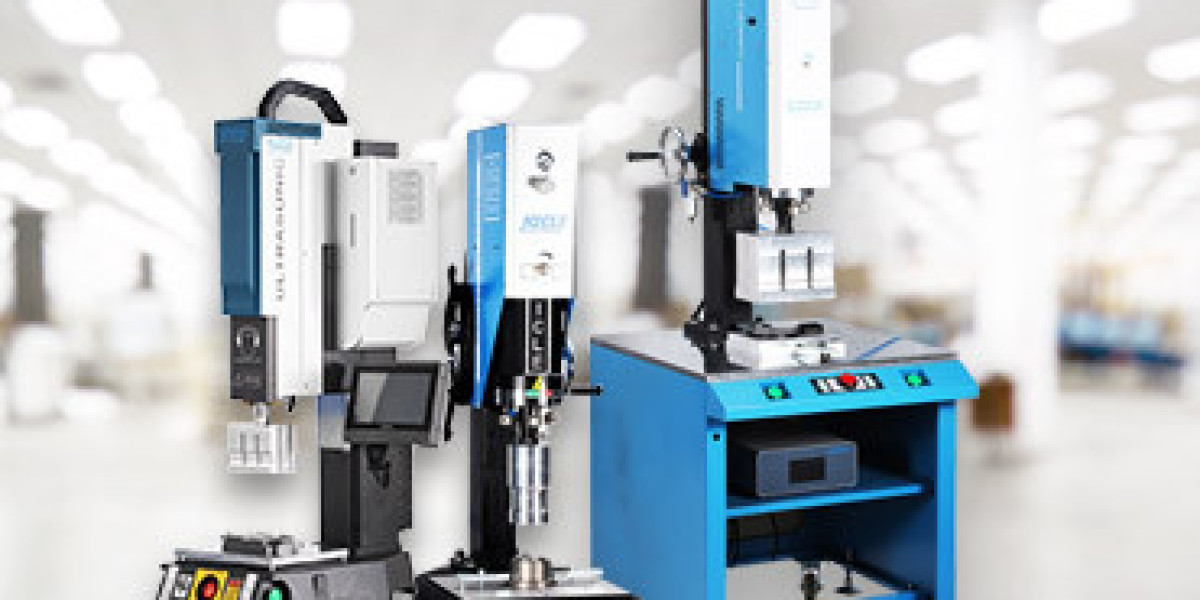Polyoxymethylene (POM), also known as acetal, is a high-performance thermoplastic with excellent mechanical properties, making it ideal for precision parts. However, welding POM requires careful attention to material properties and process parameters to achieve strong and durable bonds. Below are the best practices for successfully welding POM.
1. Choose the Right Welding Method
Several welding techniques work for POM, each with its own benefits:
- Ultrasonic Welding – Ideal for small components and high-speed production.
- Hot Plate Welding – Suitable for large, thick parts requiring high bond strength.
- Vibration Welding – Effective for irregularly shaped components.
- Laser Welding – Provides precision and minimal material degradation.
Selecting the appropriate method depends on part design, production volume, and required strength.
2. Ensure Proper Surface Preparation
Surface preparation is crucial for optimal weld strength. Follow these steps:
- Clean the surfaces using isopropyl alcohol to remove dust, grease, and contaminants.
- Avoid oxidation, as it can reduce weld integrity.
- Use primers if recommended, especially for chemically resistant grades of POM.
3. Optimise Welding Parameters
Precise control of welding parameters enhances joint strength. Key factors include:
- Temperature – Typically between 180–220°C, but varies with POM grade.
- Pressure – Excessive force can lead to material degradation, while insufficient pressure results in weak joints.
- Weld Time – Adjust based on thickness; too short leads to incomplete fusion, while too long causes burn-through.
4. Use Proper Joint Design
Joint design affects the final weld strength. Consider:
- Shear Joints – Recommended for plastic POM ultrasonic welding as they distribute stress evenly.
- Butt Joints – Suitable for hot plate welding but require precise alignment.
- Step Joints – Common in vibration welding for enhanced bonding surface.
Choosing the correct joint geometry prevents weak spots and improves durability.
5. Control Cooling Rate
Cooling significantly influences weld integrity:
- Slow Cooling – Reduces internal stresses and prevents cracking.
- Uniform Cooling – Ensures even solidification, avoiding weak points.
Using fixtures or controlled cooling environments can help maintain consistency.
6. Minimise Thermal Degradation
Excessive heat can degrade POM, leading to weak plastic welds. To prevent this:
- Avoid overheating by carefully monitoring temperature settings.
- Use proper ventilation to prevent harmful formaldehyde emissions.
- Optimise dwell time to balance fusion and degradation.
7. Perform Post-Weld Inspection
To ensure quality and durability:
- Check for voids and defects using visual or ultrasonic inspection.
- Conduct mechanical testing (tensile, shear, or impact tests) to verify weld strength.
- Assess dimensional accuracy to prevent warping or shrinkage.
Regular inspections help maintain consistency and reliability in welded parts.
Conclusion
Achieving strong and durable POM welds requires selecting the right method, controlling process parameters, and ensuring proper joint design. By following these best practices, you can improve the strength, reliability, and longevity of welded POM components.







